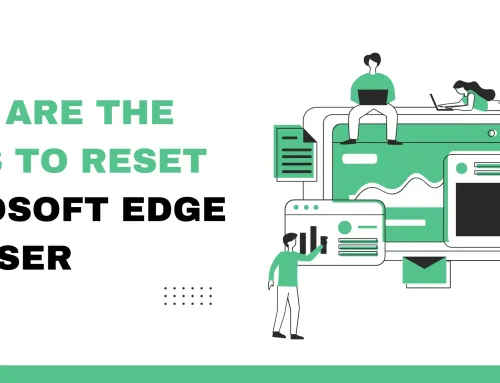Face recognition service technology has become widely used in various tasks, from unlocking our devices to improving security in public areas and airports. We shall go into the characteristics of facial recognition, its multiple applications, and the implied replies in this composition.
Understanding Face Identification
Face recognition service is a biometric technique that uses a person’s facial traits to identify, recognize, and validate their individuality. It analyzes the distinct features of a person’s face, such as the separation between their eyes, the contour of their nose, and the lips’ outlines, using computer algorithms. To create a facial template that can be utilized for matching and identification, these traits are also transformed into data points.
Crucial features of face identification technology include
Face Discovery The original step in the facial recognition online process is detecting a face in an image or videotape frame. This involves relating the presence of a face to the captured data.
Liveness Discovery To help spoof or use photos or videos, advanced face identification systems incorporate liveness discovery. This involves assessing the vibrance of the face by assaying movements, similar to blinking or seesawing, to ensure it isn’t a stationary image.
Facial Templates A facial template is a unique set of data points deduced from a person’s face ID check features. These templates are used for comparison and identification.
Different Uses of Face Identification
Online face recognition technology has set up various operations, various aspects of our lives, and diligence. Then, there are some notable uses
Smartphones and Personal Devices One of the most common operations of face identification is on smartphones. druggies can unleash their bias by simply looking at the screen and providing an accessible and secure system of authentication.
Security and Access Control Face recognition deep learning is extensively used for access control in secure surroundings. It’s employed in office structures, airfields, and government installations to corroborate the identity of individuals, enhancing security measures.
E-commerce and Retail: Some retailers employ facial recognition for substantiated shopping. It can be used to identify pious guests, offer substantiated product recommendations, and help with fraudulent conditioning.
Healthcare In the healthcare sector, face identification is used to pierce medical records securely and ensure accurate case identification. It’s also employed in telemedicine for remote case authentication.
Airports and Border Control Airport authorities and border control agencies use facial recognition for passenger verification and to enhance border security. This technology can speed up the customs and immigration process.
Financial Services Some banks and financial institutions have integrated face identification into their security systems to ameliorate account authentication and protect against fraud.
Social Media and Tagging Social media platforms use face recognition services to automatically tag druggies in prints and suggest musketeers for trailing, streamlining the sharing of images.
Educational institutions may use facial recognition for attendance shadowing and to ensure the security of their demeanors.
The Future of Facial Recognition
Bias and Accuracy Facial recognition systems have been blamed for flaunting bias, particularly against individuals of specific ethnic or ethnic backgrounds. Achieving fairness and delicacy in face identification algorithms is a pivotal challenge for inventors and controllers.
The use of face recognition services in surveillance and law enforcement has raised ethical questions about surveillance, profiling, and the eventuality of abuse. Striking a balance between public safety and individual rights is an ongoing debate.
Advancements in face identification technology are anticipated to enhance security measures. The AI face recognition online includes perfecting liveness discovery to help spoof and refine algorithms to increase delicacy and speed.
User-friendly operations As technology evolves, we can anticipate further stoner-friendly facial recognition operations, making it more accessible for colorful diligence and individualities. Ongoing exploration and development will concentrate on perfecting the robustness and rigidity of face identification systems, making them more protein in different scripts.
Summary
In conclusion, face identification is a rapidly advancing technology with different operations with the eventuality to revise diligence and everyday life. While it offers convenience, security, and effectiveness, it also raises important ethical and security considerations that must be precisely addressed as the technology evolves.
As we move forward, it’s essential to balance the benefits of face identification with protecting individual rights and sequestration in an increasingly connected world. The future of facial recognition technology will be shaped by technological advancements and ongoing societal conversations about its responsible use.










